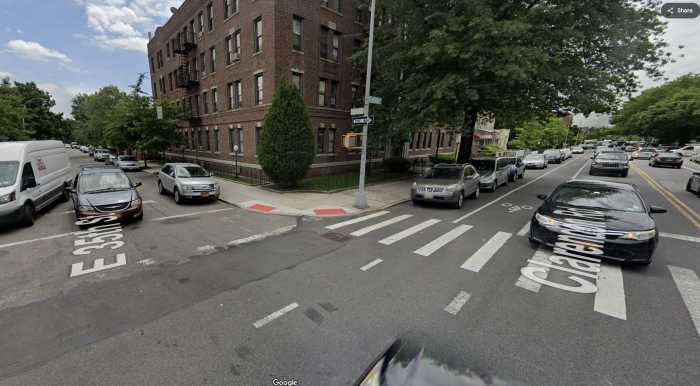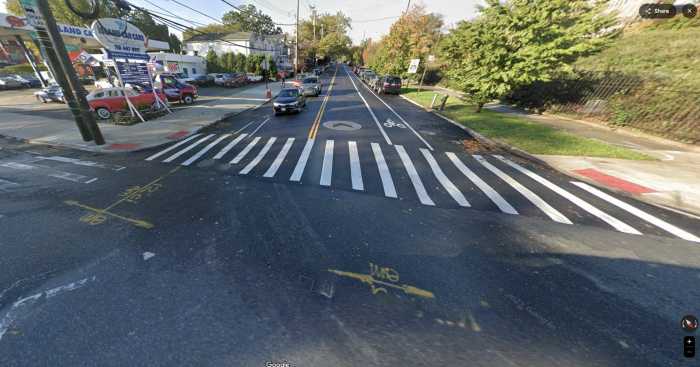Citi Bike turns one year old Tuesday and while its demand has exceeded expectations, plans for the bike share program’s expansion into more neighborhoods won’t be shifting into the next gear anytime soon.
Since its launch on May 27, 2013, Citi Bike has had over 8.75 million trips, with more than 104,000 annual members and 426,000 riders who purchased day or weekly passes.
Despite its popularity, the program won’t be breaking out of its current mold of 6,000 bikes at 330 stations in parts of Manhattan below 59th Street and northern Brooklyn since Alta, a private group that makes and maintains the bikes, has undergone difficulties with an equipment supplier and needs $20 million to expand into more neighborhoods.
“That’s the No. 1 source of conversation ‘Why isn’t it in my neighborhood?'” said Ken Podziba, the CEO of nonprofit advocacy group Bike New York.
“New Yorkers are impatient, especially when they see how wonderful something is,” he said.
Last summer, the Department of Transportation said it would bring the service to Greenpoint, Williamsburg and western Queens with 4,000 additional bikes and 300 new stations.
Mayor Bill de Blasio and the City Council said they won’t raise membership fees or use taxpayer money to bail out Alta. The Oregon-based group has been working on finding new investors.
City Councilman Jimmy Van Bramer, of Sunnyside, said his constituents have been regularly asking about plans to bring Citi Bike to western Queens.
He added that it’s counter-intuitive for Alta and the city to not put more money and time into expansion because it would increase revenue.
According to Citi Bike, it has made more than $10 million on annual memberships since its inception.
“There were lost rides and revenues because they were not in western Queens last year,” Van Bramer said.
A spokesman for the city’s transportation department didn’t comment about the expansion plans but reiterated the program’s strong ridership numbers. Dani Simons, a spokeswoman for NYC Bike Share, Citi Bike’s operator, urged outer borough riders to have patience as the issues get resolved.
“We are so excited about that passion and enthusiasm for the program and hope we can meet that demand,” she said.
Podziba, however, said the city and Alta can’t ignore the gaping hole in service, especially since Citi Bike is now a strong public transportation option. He has pushed for the city to take more of a role in financing the expansion because the private side of the program is struggling.
“Alta is trying to stay above water, and when you’re trying to stay above water accommodating the huge demand isn’t your top priority,” he said. “It’s a public-private partnership, but the public isn’t stepping up.”
Caroline Samponaro, of the nonprofit transit advocacy group Transportation Alternatives, suggested that the city use the popularity of the program to add more sponsors to bring in those extra dollars.
“There are a lot of benefits from diversifying that sponsorship,” she said.
Samponaro couldn’t predict whether the outer boroughs will see Citi Bike by year two but hopes that the city can push to make that more of a reality since the service has become such a staple.
“It’s sort of like the yellow cab now. When people think about New York, they’ll think about the blue bikes,” Samponaro said.
An earlier version of this article misstated the financial state of Alta Bicycle Share, the company that provides Citi Bike. PBSC, the suppliers of the equipment and software for the system, filed for bankruptcy this winter and is now under new ownership. The article has updated to reflect this. A quote from Ken Podziba has also been clarified.






























